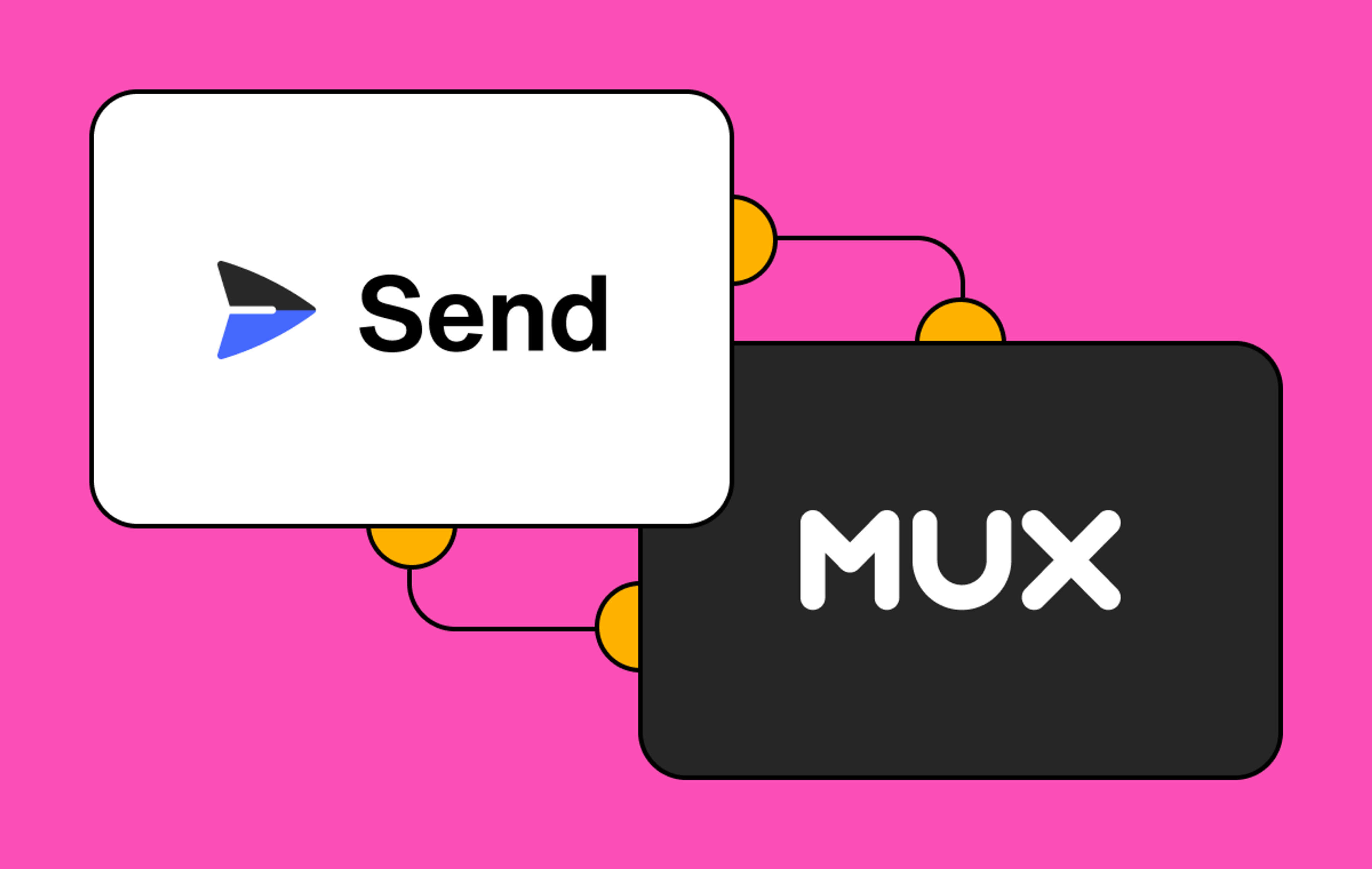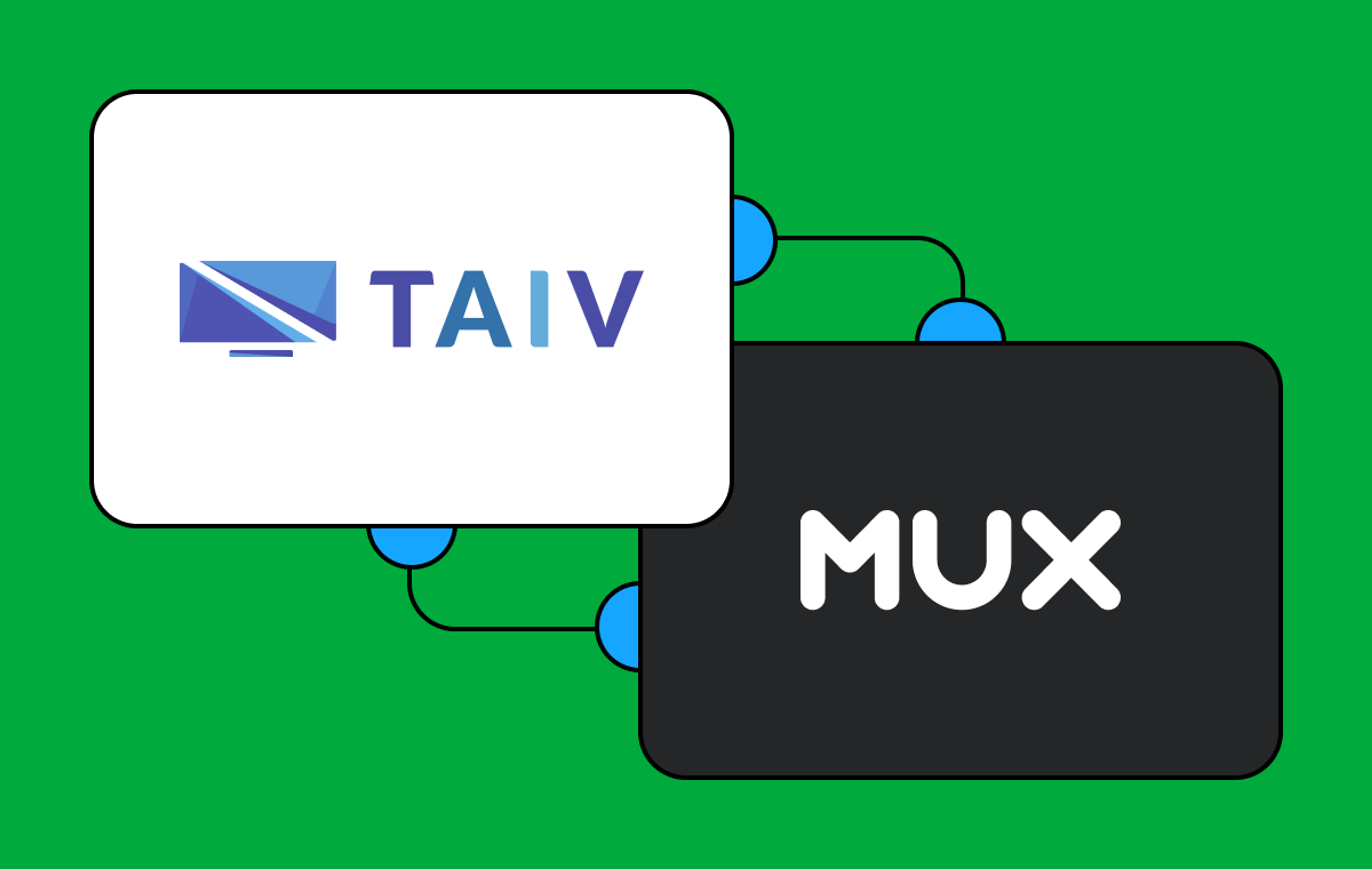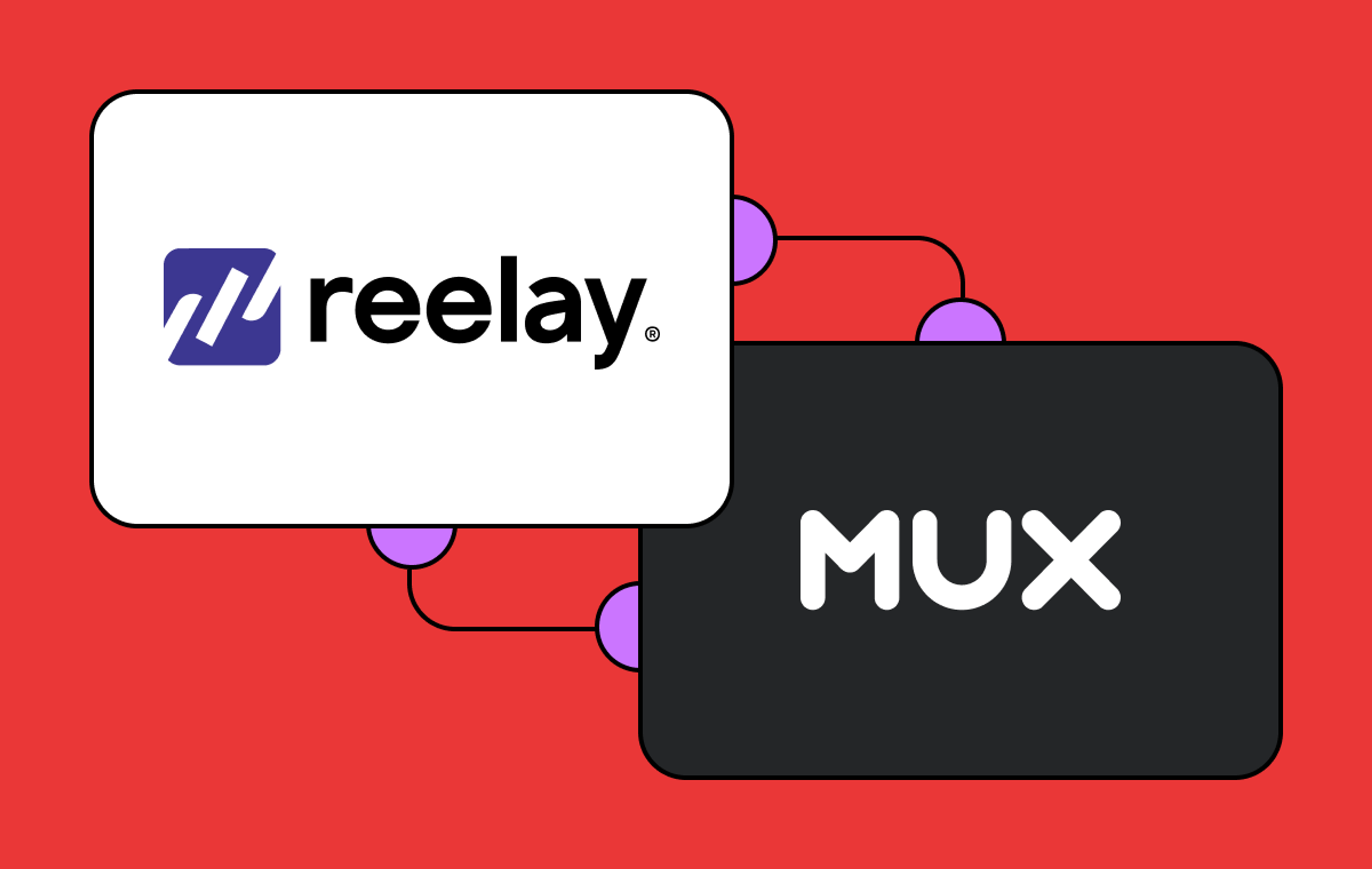DatoCMS recently announced a seamless Mux integration into their headless CMS. Matt got a chance to ask DatoCMS CEO, Stefano Verna, some questions to learn more about the company and their thoughts on video.
What's the founding story of DatoCMS? Why did you all start the company?
We started Dato 4 years ago inside of Lean Panda, an Italian creative web agency. We needed a way to support the creative agency's customers. They were using a bunch of different CMSes, Wordpress, and other WYSIWYG products. For some clients, we started building custom CMSes. Once you do a CMS a few times you start to wonder why. Although other headless CMSes exist, we saw an opportunity to improve usability for editors. We wanted to make something similar and faster.
Dato's been available for public use for 3 years, but usage started to really pick up in just the last year. The Dato team was growing and it made sense for Dato to split from the agency.
The Headless CMS space has blown up in the last few years. What do you see as your big differentiator?
A few things that are particularly differentiating:
- New media area: The images and videos are handled without requiring the user to set up an account with a 3rd party. Advanced features like responsive images and SVG thumbnails are the features that set us apart.
- Ease of use: Dato is one of the easiest to set up. There is nothing to install, a few clicks and things are running in just a few minutes.
- Integrations: We integrate into existing CI/CD workflows, static site generators and 3rd party APIs.
You all recently added video to your product; what led to you doing that?
We heard this as a big feature request from users. There are some ways that Dato is "not as advanced" as the competition and we had a strong desire to add differentiating features. Media area was one feature that we added that wasn't very common in the competition.
We have the most advanced media handling in the headless CMS space. One price, no 3rd parties, all baked in. This is very clear and straightforward for developers.
What excites you the most about headless/JAMstack?
Maintaining CMSes, fixing bugs, solving security issues, dealing with 3rd parties...all of it is important, but not valuable for clients. With the new headless CMS approach, the focus is on the front end, which is the thing that differentiates a website. Focusing all of your efforts on the client side. If GraphQL responds immediately and works every time, then you can forget about the CMS and just focus on making what the client is paying for.
How does the integration with Mux work?
With other headless CMS integrations, the end user would have to create their own Mux account and enter their API keys. With Dato, the integration is completely invisible and the end user isn’t even aware that Mux is being used.
The way it works is that the end user uploads a video, Dato will save that video as a static file and then POST to /video/v1/assets. Dato listens for webhooks to know when the asset is ready (which is nearly instant).
With Dato’s GraphQL, API users have ultimate flexibility for handling the video playback experience, all powered by Mux:
- The HLS playback url (stream.mux.com/{playbackID}.m3u8)
- MP4s in all available resolutions
- Video duration and frame rate
- Thumbnail URLs that are resizable and croppable
Dato makes the video feature available as a feature on Advanced, Ultimate, and Enterprise plans and we bill our users based on the hours of video encoded and streamed. Thanks to Mux’s delivery usage API, Dato is able to see exactly how many minutes were streamed on a per-asset basis so that this cost can be calculated and used to bill our end users.
To learn more about why DatoCMS chose Mux for video, check out their post!




